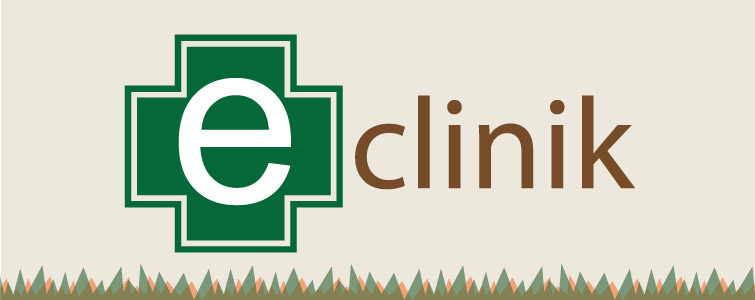Termites at a glance
What are Termites?
Termites are eusocial insects and live in small to large colonies, containing almost from a few individuals to millions of termites. They exhibit polymorphism, a species consisting principally of three forms of caste. viz.reproductives (kings & queen), workers and soldiers. Majority of individuals in a colony are workers. Worker termites undertake the labours of foraging, food storage, brood and nest maintenance. Soldier caste has anatomical and behavioural specializations, providing useful defence against enemies, and serve as the guards to the colony. Reproductive castes are alated/winged (imago) and swarm out of a colony. Termites, often miscalled white-ants, are neither white nor related to ants, rather are more closely related to cockroaches. The queen can lay thousands of eggs per day and there can be more than one queen per colony. Gravid queens are having enlarged abdomen. Sometimes the abdomen is hundred times the size of a typical termite, although the head and the legs remain the same size as before. How do they differ from each other (worker, soldier and alate) are worth citing and makes an interesting reading.
(A) Primary Queen, (B) King, (C) Secondary Queen, (D) Winged Reproductive, (E) Worker, (F) Soldier, (G) Nasute Soldier.
Visual differences between worker, soldier and alate termites
|
|
Termites
|
Ants
|
|
1
|
Dull colour(varies in species to species) white to light or dark brown; rarely black
|
Colour often black; brown to reddish brown
|
|
2
|
Antennae not elbowed
|
Antennae elbowed
|
|
3
|
Fore and hind wings are sub-equal (but with some differences in wing width)
|
Fore-wing much larger than hind-wing
|
|
4
|
Abdomen basally wide, not constricted to form a waist, first abdominal segment not fused with meta-thorax
|
Abdomen basally constricted to form a thin waist, first abdominal segment fused with meta-thorax
|
Feeding habits
Termites are usually grouped according to their feeding behaviour. Thus, the commonly used general groupings are subterranean, soil-feeding, drywood, dampwood, and grass-eating. Of these, subterranean and dry-wood termites are primarily responsible for damage to man-made structures.
-
Xylophagy: Termites eat on cellulose that is there in wood. Cellulose is a rich energy source, but very difficult to digest. Termites rely upon symbiotic protozoa such as Trichonympha, and other microbes in their guts to digest cellulose. Gut protozoa such as Trichonympha, in turn, rely on symbiotic bacteria embedded on their surfaces to produce some of the essential enzymes required for digestion. Higher termites, those are in the family Termitidae, can produce cellulase enzymes of their own. However, they still retain a rich gut fauna/flora and rely mostly upon the bacteria.
-
Some termite species maintain a fungal comb (=garden) of specialized fungi of genus Termitomyces in their colony/nest (please see the picture clip given below). They are nourished by the excrement of the termites. When the fungi are eaten, Termitomyces spores pass intact through the intestines of the termites to complete the cycle by germinating in the fresh faecal pellets.
-
A study by Australian scientists found that termites were found to excrete trace deposits of valuable gold. According to the CSIRO, termites burrow beneath eroded subterranean material which typically masks human attempts to find gold, and ingest and bring the new deposits to the surface. Scientists are of the opinion that exploring termite nests may lead to less invasive methods of finding gold deposits
(http://en.wikipedia.org/wiki/Termite).
Termite shelter or Foraging tubes
Termitarium/Mound
A) mound of O. obesus, B) O. obesusmound covered the plant at the girth height, C) mound of O. obesus in stony soil, D & E) showing new growth in mound of O. obesus, F)mound of O. brunneus, G) Carton-nest of M. bessoni, H) mound of O. microdentatus, I) mound of genus Nasutitermes, J) mound of O. wallonensis.
Swarming alates when available, one can note that after they fall on the ground, they dealate (loose wings) soon. One can easily identify and segregate males and females. Males follow very closely behind the females on ground surface just below the light source (that attracted the swarm).
Soil-dwelling termites can be attracted to baits. Especially in the dry season, spread gunny bag or thick cotton cloth on the soil surface and sprinkle water over it, and leave it overnight. Next morning, termites may be found under the gunny bags/cloth. Without digging much also we can collect termites from termitaria in active season. Just scrap the fresh growths on termite mounds, one can find sufficient number of workers and soldiers. Termites can easily be collected from infested plants/crops/trees. Affected plant-parts such as, the roots, stubbles can be splitted/dissected and one can get termites live.
Maize stubbles harbouring termites (a- stubble splitted, b- termites in
decomposed stubbles)
Fungal garden: One may collect fungal garden while digging the termitaria, put it in an air tight jar. It is very light weight, delicate and soft structure, so handle it with care.
Termites are quite often ill-famed as destroyers; though they are of immense importance to humankind and our ecosystem. Notably, they comprise 10% of the animal biomass of our planet earth, an astounding fact few know. These tiny crawlies live this earth time immemorial and older than the Jurassic dinosaurs. Seldom have they attained pest status both indoor and outdoor. However, as a pest if established indoor or outdoor, they are to be managed appropriately, and this website deals various management aspects in more practical manner.
A Fungal comb (=garden) being shown with the active fungal spores (white)
Total Visit: 02014896


